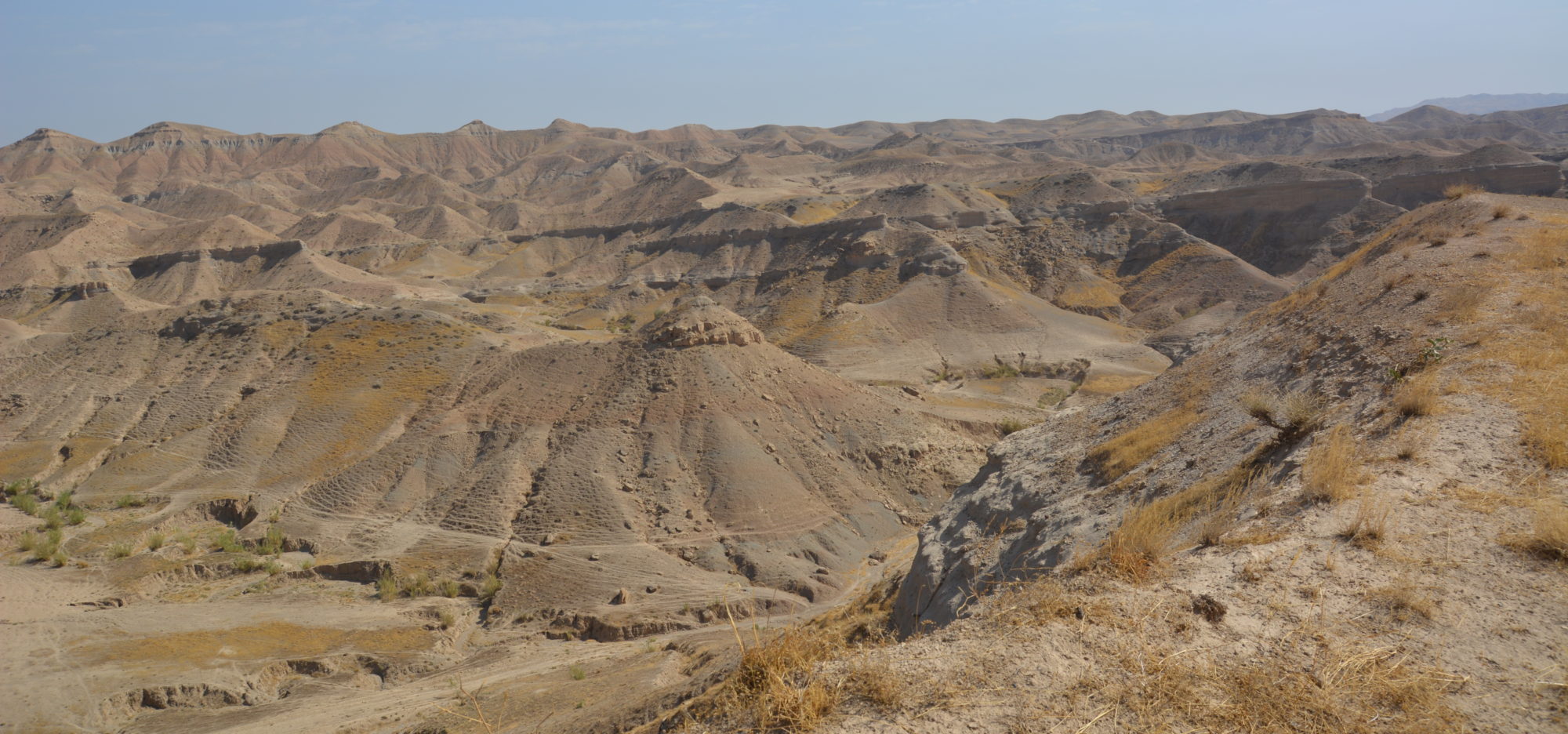The project’s wide-ranging methodology combines the analysis of textual sources and geo-archaeological data, including remote sensing analysis, surface investigations, and anthropological investigations.
Sites and Off-Sites
The backbone of all survey work in modern Iraq is provided by the 1976 Archaeological Atlas of Iraq. For the region of Koya, the Atlas records a total of 112 sites in a chronological range from the Palaeolithic to the Islamic Periods. The surveys of archaeological sites and off-sites will help both to check and expand the picture of settlement patterns provided by the Atlas. A re-evaluation of the local pottery traditions will further lead to a more precise definition of the historical changes.

Remote Sensing
The analysis of satellite pictures (CORONA and OrbView) has so far revealed numerous topographic anomalies, consisting of different types of archaeological features, including a number of medium- to small-sized archaeological mounds and a large number of archaeological settlements on flat hills.

Field Interviews
Modern Koya is a thriving and expanding city. The continuing urbanization and intensive exploitation of the surroundings through agriculture, water resources, and oil fields very often makes allow the investigation of the surface archaeological evidence more difficult. By providing a better picture of both recent changes and the ways people interact with their visible past, systematic interviews with the people of Koya have proven invaluable to our ongoing fieldwork.
